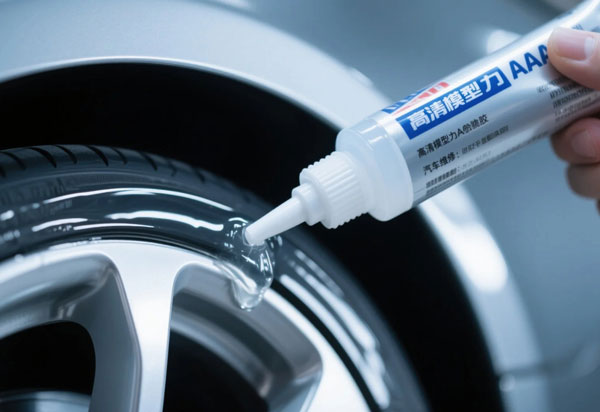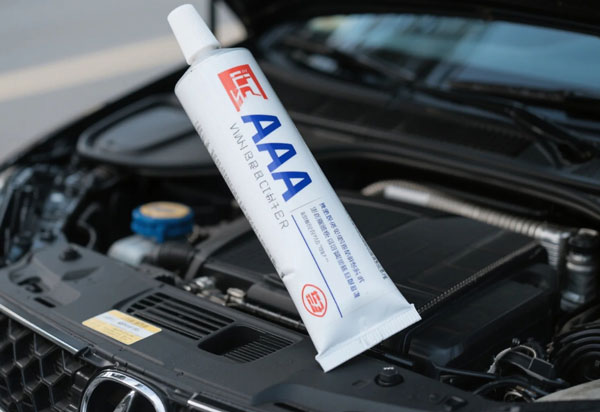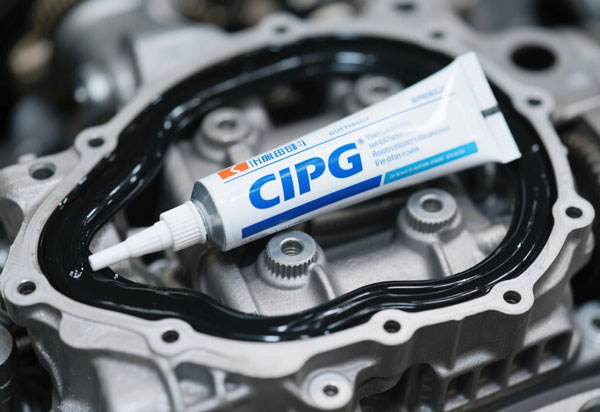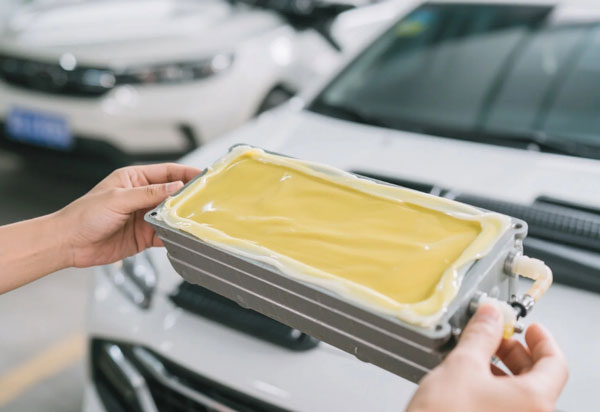 Home / News / Industry News / Innovative applications of automotive body adhesives
Home / News / Industry News / Innovative applications of automotive body adhesives 2025-07-23
As the automotive industry continues to move towards lightweight, intelligent and high performance, manufacturing technology is also continuing to innovate. In the past, car body manufacturing almost entirely relied on mechanical connection methods such as welding, screws, and riveting. Today, automotive body adhesives have gradually become an indispensable and important material for car body connection. According to statistics, the amount of adhesives used in a modern car has reached about 15 kilograms. They are quietly hidden in various parts of the car body, and they undertake multiple functions such as connection, sealing, shock absorption and sound insulation, becoming an irreplaceable innovative technology in modern automobile technology.
This article will comprehensively interpret the important position of automotive body adhesives in the automotive industry from the perspectives of the main application scenarios, specific types and future development trends of automotive body adhesives.
Why do more and more automakers tend to use adhesives? This is inseparable from its unique performance advantages:
1.1 Strong material compatibility
Traditional welding technology is only applicable to metal-to-metal connections, while modern cars use a large number of different materials such as aluminum alloys, high-strength steel, magnesium alloys, carbon fibers, and plastics. Adhesives can easily bond different substrates together to achieve high-strength bonding between heterogeneous materials.
1.2 Dispersing stress
Mechanical connections usually form stress concentration at the contact point, which can easily lead to material fatigue cracking. Adhesives can evenly distribute the load along the entire bonding surface, effectively reducing stress concentration and improving overall durability and safety.
1.3 Lightweight design
Compared with traditional welding, rivets, and bolts, adhesives themselves are very light and can reduce the use of reinforcements, helping to reduce the weight of the entire vehicle, thereby improving fuel economy and reducing carbon dioxide emissions.
1.4 Sound insulation and noise reduction
Adhesives have good shock absorption and damping properties, which can significantly reduce noise and vibration in the car and improve ride comfort.
1.5 Temperature and weather resistance
High-performance body adhesives can maintain good performance in extreme temperature, humidity and chemical environments, and adapt to various complex working conditions.
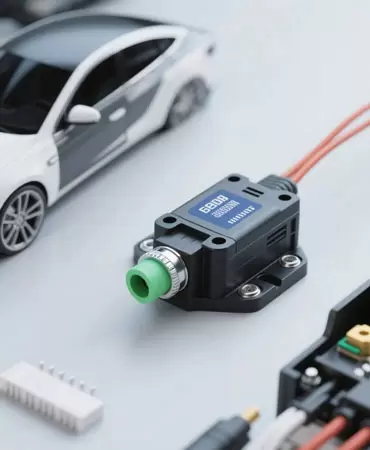
Automobile body adhesives are almost used in every link of vehicle manufacturing. The following are several main application areas:
2.1 Body structure bonding
This is one of the most common application scenarios. For example, the bonding of the roof to the side panels, doors, hood, trunk lid, etc. Especially in the body-in-white manufacturing stage, structural adhesives are widely used to replace welding, making the body structure more stable and lighter.
2.2 Automotive electronic components
With the development of automotive intelligence and electrification, the integration of electronic devices such as cameras, radars, pressure sensors, and control modules is getting higher and higher. The bonding of these components needs to have precision, insulation, and long-term reliability. Adhesives have become an important material to ensure the performance and life of electronic equipment.
For example, when installing an automatic driving assistance camera, it is necessary to ensure that its position is accurate, long-term firm, and not affected by temperature changes; in power batteries and motor controllers, adhesives also have functions such as heat conduction, flame retardancy, insulation, and shock resistance.
2.3 Glass installation
The front and rear windshields, sunroofs, etc. are installed with high-performance sealing adhesives, which not only ensure strength and sealing, but also prevent water leakage and wind noise.
2.4 Sealing and sound insulation
In doors, roofs, chassis and other parts, adhesives are used in combination with sealants to form a complete sealing system that effectively isolates dust, moisture and noise.
2.5 Electric vehicle power system
The battery pack, cooling system, electric drive system and other components of electric vehicles have higher requirements for adhesives. For example, the structural adhesives of power battery packs are required to have high strength, flame retardancy, thermal conductivity and other properties to ensure battery safety and efficient operation.
2.6 Sensors
These sensitive electronic components need to be accurately installed in the appropriate position of the vehicle body and work stably. High-performance silicone glue or epoxy glue can firmly fix them and prevent water and dust, while protecting electronic components from vibration.
2.7 Battery pack packaging
Electric vehicle power batteries require adhesives for module packaging, shell sealing and thermal management. Thermally conductive glue and potting glue help the battery dissipate heat, avoid water vapor intrusion, and extend battery life.
2.8 Aluminum alloy body
Some luxury brands and high-performance models use all-aluminum body structures. Aluminum welding is difficult, and adhesives are one of the key technologies for realizing aluminum body assembly.
The research and development of automotive body adhesives is moving towards higher performance, more environmentally friendly, and more intelligent:
Environmental protection: With increasingly stringent environmental regulations, low VOC, solvent-free, and water-based adhesives will gradually replace traditional solvent-based adhesives.
High performance: In the face of extreme use environments, adhesives need to be more resistant to high and low temperatures, UV, and chemical corrosion, while maintaining high strength and flexibility.
Automation and intelligence: Adhesive formulas and processes that are more suitable for automated spraying and coating will improve production efficiency. At the same time, intelligent adhesive materials with self-healing capabilities may appear in the future.
As an important part of modern automobile manufacturing technology, automotive body adhesives provide strong support for the lightweight, electronic, and environmentally friendly development of the automotive industry with their outstanding performance and continuous innovative applications. It not only improves the performance, comfort and safety of the whole vehicle, but also promotes the continuous progress of automobile manufacturing technology. In the future, with the in-depth integration of materials science and manufacturing technology, automotive body adhesives will surely show their unlimited potential in more fields and become an important driving force for the innovative development of the automotive industry.
As a professional automotive body adhesive factory, we have been deeply involved in the industry for many years and are committed to providing high-performance, environmentally friendly and innovative bonding solutions to global automakers. Our products cover a variety of application scenarios such as structural bonding, sealing, sound insulation, shock absorption and electronic component fixing, which can meet the needs of lightweight, heterogeneous material combination and automated production. With advanced R&D capabilities and strict quality control, we not only provide customers with reliable products, but also provide professional technical support and customized services to help the automotive industry achieve higher safety, comfort and sustainable development.
